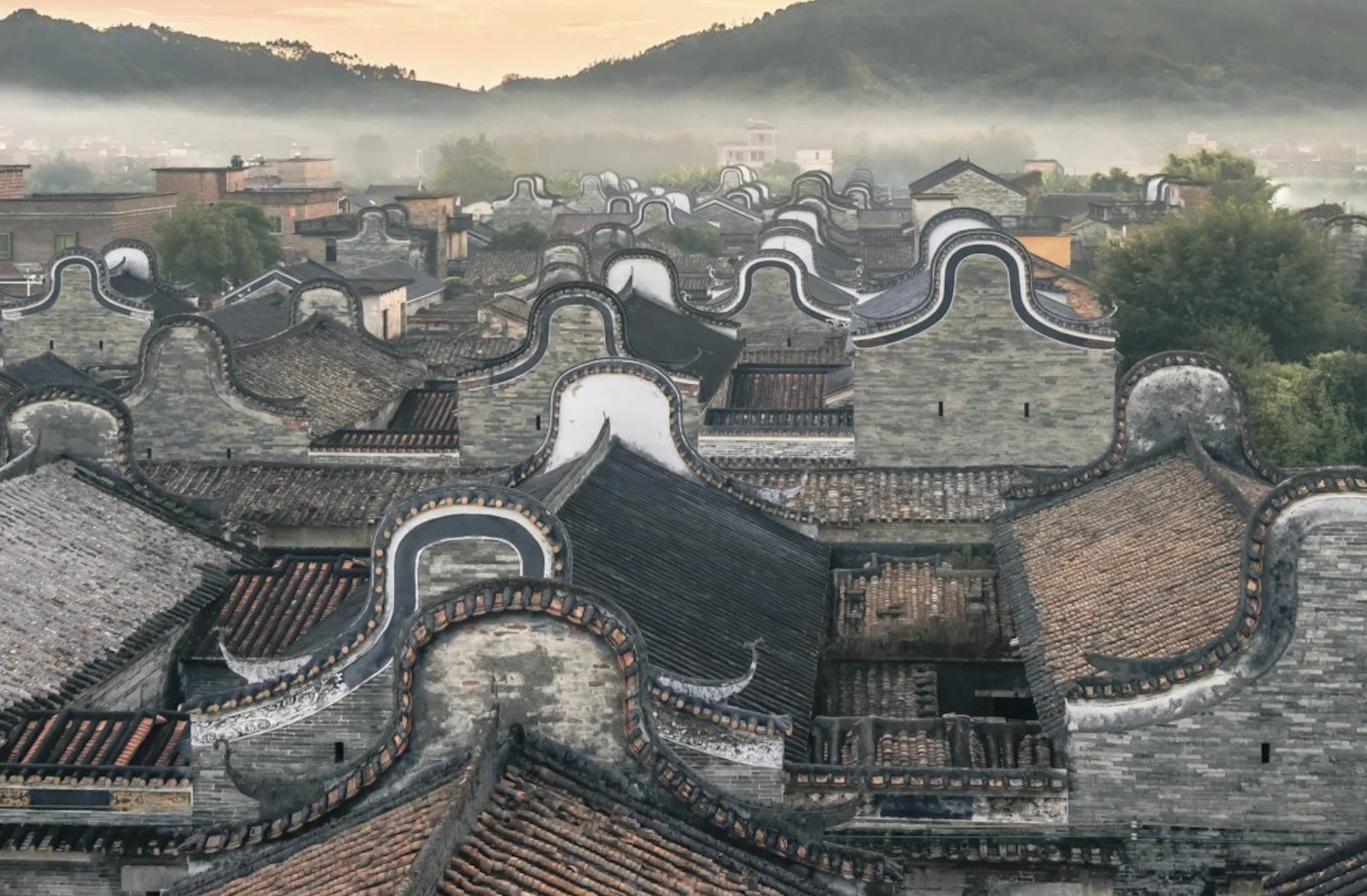Happy Sunday! Here are a few interesting China-related reads that have been making the rounds this week, in case you want to take a quiet moment to catch up.
First, Nikhil Sonnad at Quartz published this fascinating article (and map) on Thursday, which claims that “with a few minor exceptions, there are really only two ways to say ‘tea’ in the world”:
One is like the English term—té in Spanish and tee in Afrikaans are two examples. The other is some variation of cha, like chay in Hindi. Both versions come from China. How they spread around the world offers a clear picture of how globalization worked before “globalization” was a term anybody used. The words that sound like “cha” spread across land, along the Silk Road. The “tea”-like phrasings spread over water, by Dutch traders bringing the novel leaves back to Europe.

Lots to dig into for the word nerds out there, including a quick primer on how to say “tea” in a dozen languages. Read the whole article here.
If you’re more into imperial history and archaeology, then here’s the random read for you:
Archaeologists in north China’s Inner Mongolia Autonomous Region have discovered the ruins of a summer palace that was owned by the imperial family of the Liao Dynasty (916-1125). The 1,000-year-old royal palace is in a basin surrounded by mountains in Duolun County and consists of 12 building foundation ruins, according to Ge Zhiyong, a researcher with the regional institute of archaeology.
The Liao Dynasty, if you’re unfamiliar, ascended after the fall of the rich and prosperous Tang Dynasty, ruling over an area that includes modern-day Mongolia, far-east Russia, northern China and northeastern Korea. It was the first state to control all of what was later called Manchuria, one of many fun facts you can learn at the Liao Dynasty wiki if you’re feeling some self-education on your day of rest.
Cover image: Mural from a tomb in Aohan, Liao Dynasty (public domain)
















